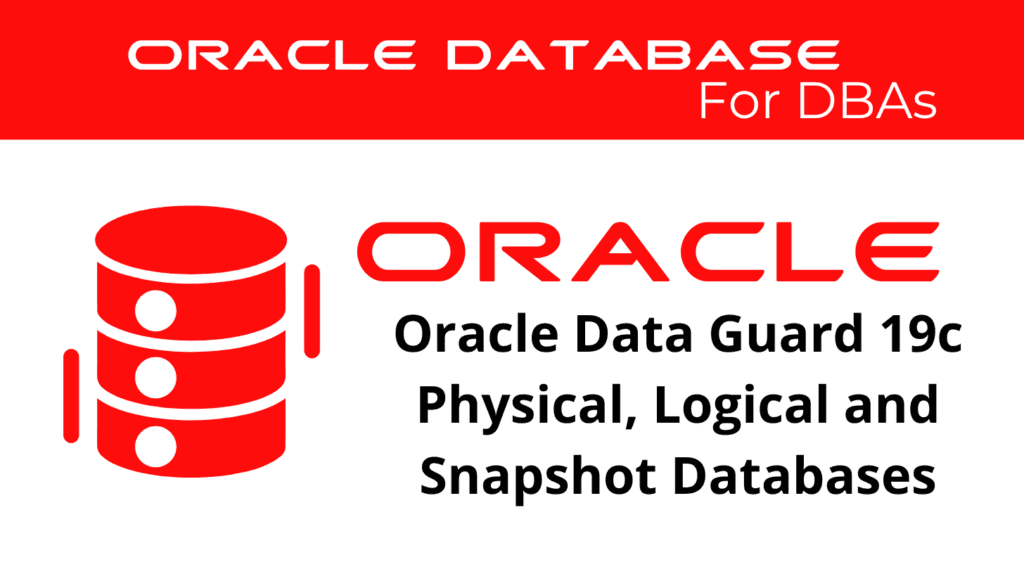
Oracle Data Guard 19c provides robust data protection and disaster recovery solutions through its diverse standby database options: Physical Standby, Logical Standby, and Snapshot Databases. This blog will explore the Data Guard applicability of these types, highlighting their use cases and benefits. Understanding these options is essential for optimizing your database management strategy.
Data Guard Applicability – Physical vs Logical Standby
Oracle Data Guard offers Physical and Logical Standby databases, each serving distinct purposes within an enterprise’s data protection strategy.
Physical Standby
Physical Standby is a block-for-block copy of the primary database, kept synchronized through redo log shipping and application. It is ideal for:
- Disaster Recovery: Provides an exact replica of the primary database for failover.
- Data Protection: Ensures high data integrity and protection.
- Performance: Can be used for read-only workloads, offloading some operations from the primary database.
Logical Standby
Logical Standby maintains the same logical data as the primary database but can have different physical structures. It is suited for:
- Reporting and Queries: Can be used for real-time reporting without impacting the primary database.
- Data Transformation: Allows data transformations to occur without affecting the primary database operations.
- Flexibility: Supports the addition of new objects and structures independently of the primary database.
DG Applicability – Snapshot Database Uses
Another Data Guard Applicability is using Standby as Snapshot Databases. This type of Standby in Oracle Data Guard 19c provide a unique capability for temporary read-write access to a physical standby database. Here are key use cases:
Testing and Development
Snapshot Databases allow testing and development activities on a replica of the production database without impacting live data.
Application Updates
Perform application updates and test their impact in a safe environment before applying changes to the primary database.
Backup Validation
Use Snapshot Databases to validate backup procedures and ensure data integrity without risking production data.
📢 You might also like: Oracle 19c Benefits of Implementing Oracle Data Guard (Category: DataGuard)
Benefits of Data Guard Applicability
Implementing the various standby database types in Oracle Data Guard 19c offers numerous benefits:
High Availability
Ensures continuous data availability and minimizes downtime with seamless failover capabilities.
Data Protection
Provides robust data protection through synchronized replicas and real-time data application.
Flexibility and Performance
Enhances flexibility and performance by offloading workloads to standby databases and using Snapshot Databases for testing and development.
Best Practices for Data Guard Applicability
To optimize the use of Physical, Logical, and Snapshot Databases, follow these best practices:
Regular Backups
Perform regular backups of both primary and standby databases to ensure data integrity.
Monitor Performance
Use Oracle’s monitoring tools to track the performance of each standby database and address any issues promptly.
Update and Patch
Keep all databases updated with the latest patches and security updates.
Resource Allocation
Allocate sufficient resources based on the workload and performance requirements of each standby database type.
See more on Oracle’s website!
Conclusion
Understanding the applicability of Physical, Logical, and Snapshot Databases in Oracle Data Guard 19c is crucial for implementing an effective data protection and disaster recovery strategy. By leveraging these standby database options and following best practices, you can enhance the high availability, data protection, and flexibility of your enterprise data management.
Be Oracle DataGuard certified Professional, this world is full of opportunities for qualified DBAs!





